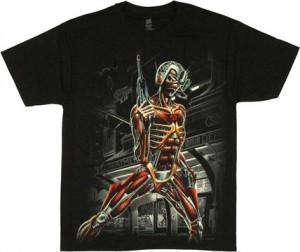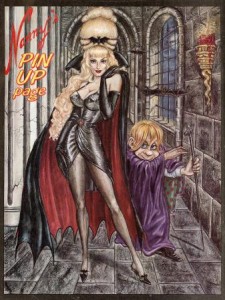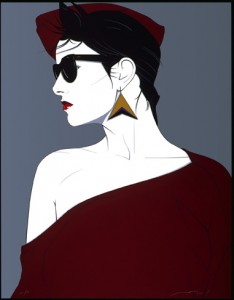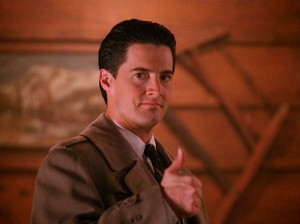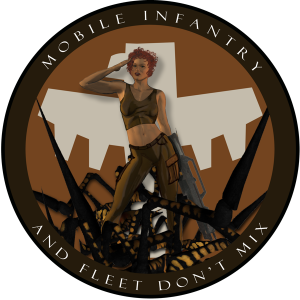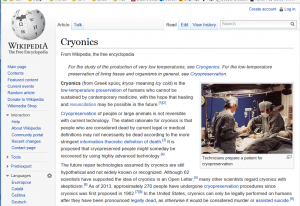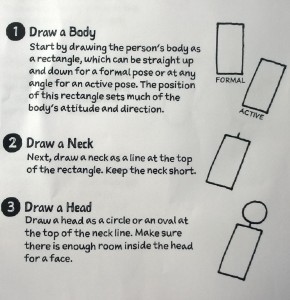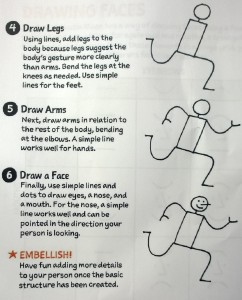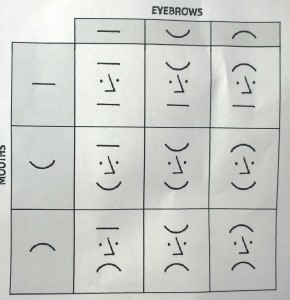Hours disappear in minutes whenever I’m drawing, so it’s great having a sketchbook with me for dull pauses in my day. If I sketch for 20 minutes while sitting in the dentist’s office, it feels like I’d just sat down when my name is called. Seriously, it’s like time travel.
Whenever I sketch in public, there’s a chance someone might notice what I’m doing and we’ll start chatting about drawing and the sort of work I do. Often, that person will tell me they’ve always admired people who could draw but that they aren’t “naturally talented”, themselves. Maybe they have a relative who is good but, “I didn’t get those genes, I guess”. Or “some people are just born with it”.
Ah, the legendary “natural talent”. It’s what allows a select few to paint like Rembrandt from the time they open their gifted little eyes. It’s the extra bonus granted to only the chosen. It’s the elusive strand of midi-chlorians that keeps the rest of us from ever being a Jedi. It’s the Secret Ingredient.
While it’s probably a lot more interesting to think my hand is guided by genetics or The Force, I really just learned how to draw. Everyone who knows how to draw learned to do so. There’s no Secret Ingredient.
Greg Houston would agree. He’s a professional illustrator with an enviable portfolio spanning twenty-five-plus years of working with clients like The Village Voice and Marvel Comics. He’s taught illustration courses at MICA and the art of cartooning to kids. Currently, he can be found at the newly-opened Baltimore Academy of Illustration, where he is a co-founder and instructor. When it comes to commercial art, this is someone you’d want to listen to. So it’s fitting that he’s just published a book on the subject, Illustration That Works. As the title suggests, Houston’s blue-collared approach to a successful career in commercial art preaches a strong work ethic.
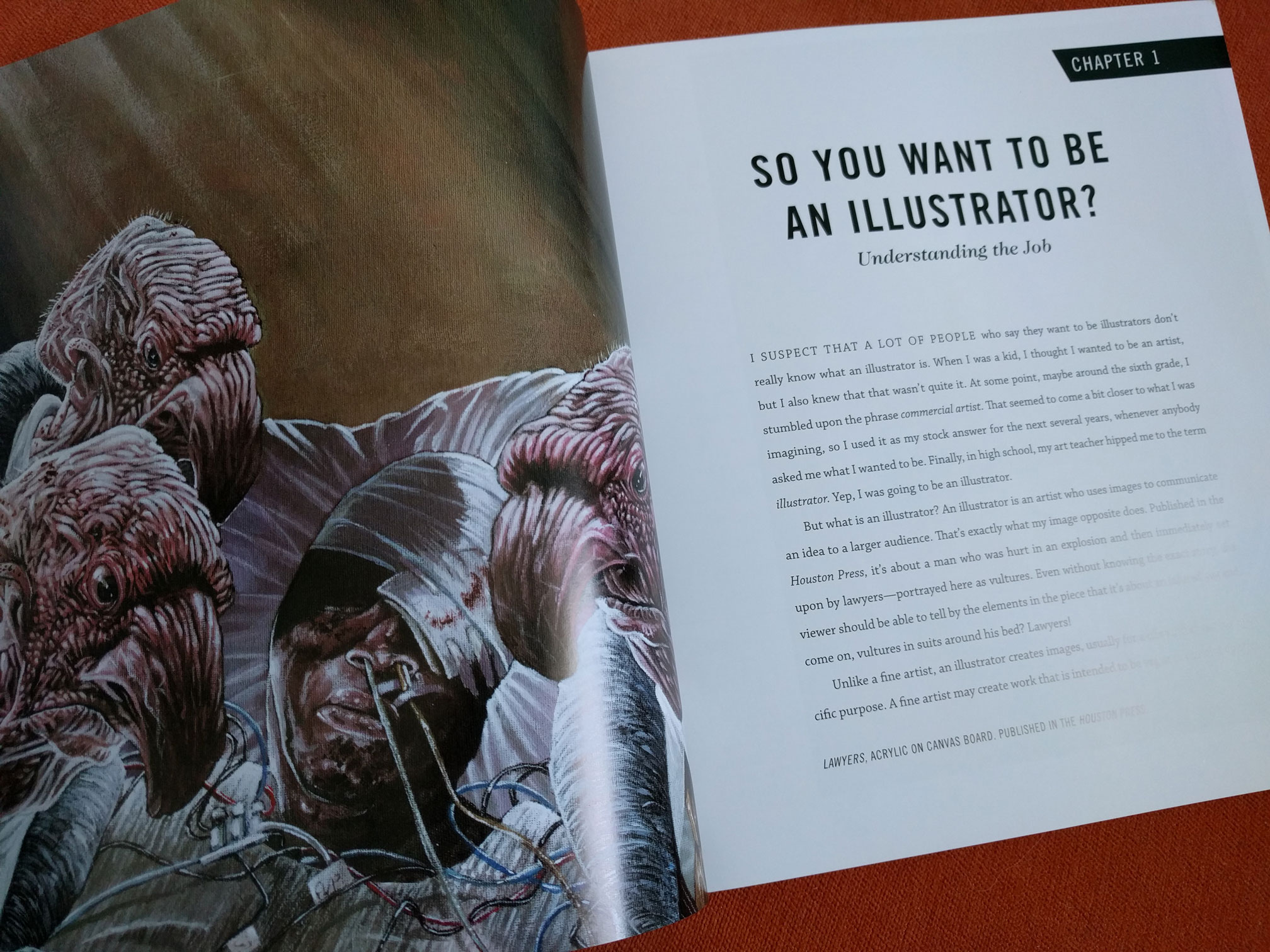
In the preface, he writes,
“It’s a working art. It serves a purpose. Unlike ‘fine art’, illustration isn’t about navel-gazing or finding greater truths in a tube of paint. It’s not for dilettantes or bored socialites. Illustration is an art and a profession.”
And Houston definitely respects his profession. In the chapter “Your Taste Doesn’t Matter”, he writes,
“Once you agree to take on that job, your assignment is to make the best work you can for the client. Trying to railroad the client into seeing things your way isn’t very professional, and giving the client a finished piece that’s different from what you both agreed to is entirely unacceptable.”
As proof of loyalty to these words, he includes multiple examples of work where the client had ideas he didn’t agree with but still realized those ideas with the same level of attention he’d give to any other project.
Other chapters focus on the technical parts of the job: developing concepts, creating effective compositions, research, and style. He writes, “A successful illustration is the perfect combination of style and substance. If that balance is off, the illustration suffers.” Accompanying each lesson are works by classic and contemporary illustrators, as beautiful and inspirational, as they are fantastic examples.
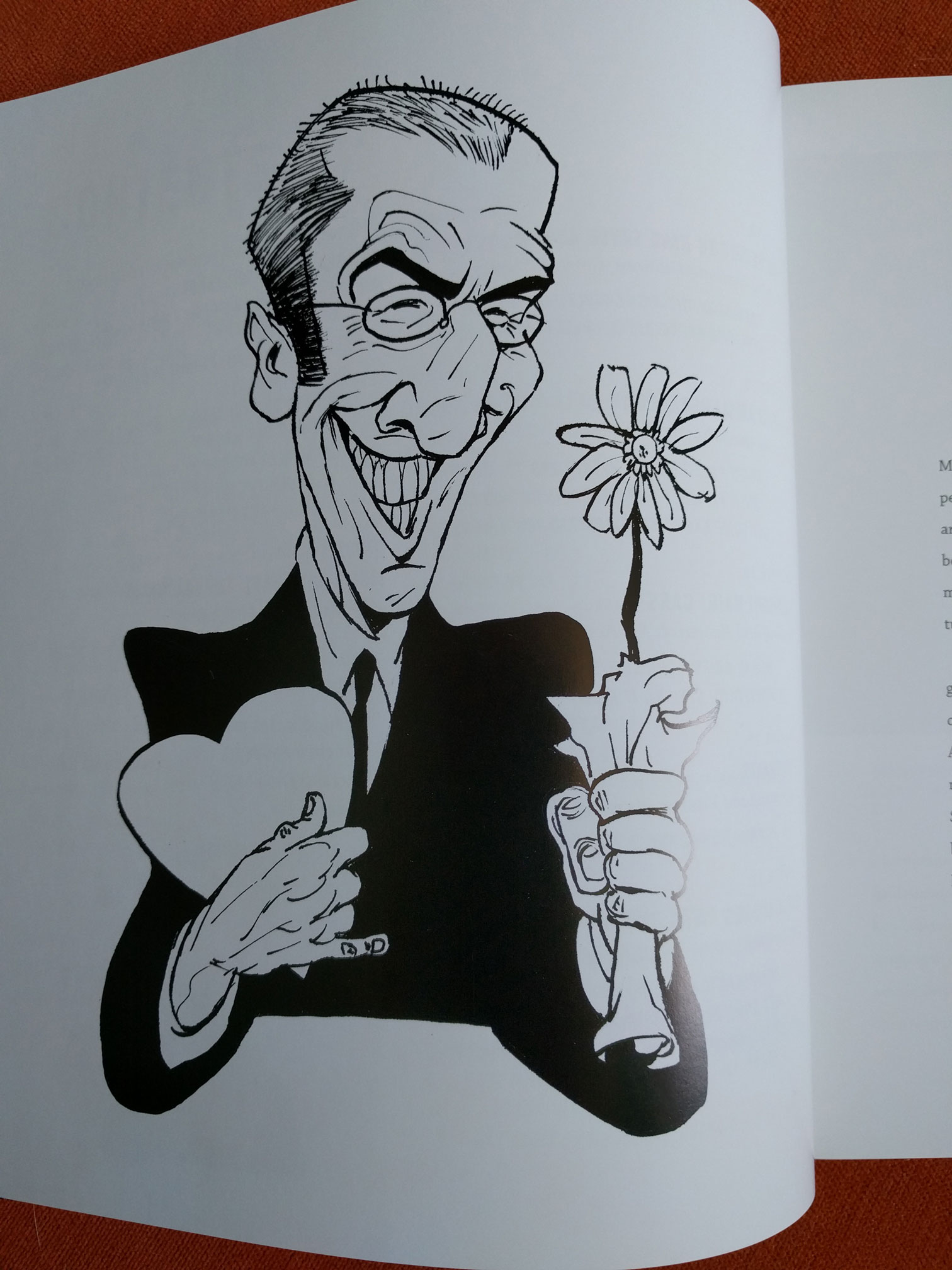
Written at a quick pace not usually found in vocational guides, Illustration That Works is certainly informative and it’s also entertaining as hell. For example, while stressing the importance of correctly rendering the human form, Houston writes about (and draws!) a guy he saw in college who looked like a living checklist of amateur mistakes. He mentions Dracula enough times to notice and he’s very excited to tell you about gouache.
Illustration That Works is available now to purchase. Check out Greg Houston’s portfolio at www.greghoustonillustration.com and see which courses are being offered at the Baltimore Academy of Illustration at www.baltimoreillustration.com
Greg Jericho spends an awful lot of time designing for clients that do not exist. Check out his work at jerichovinegarworks.com
